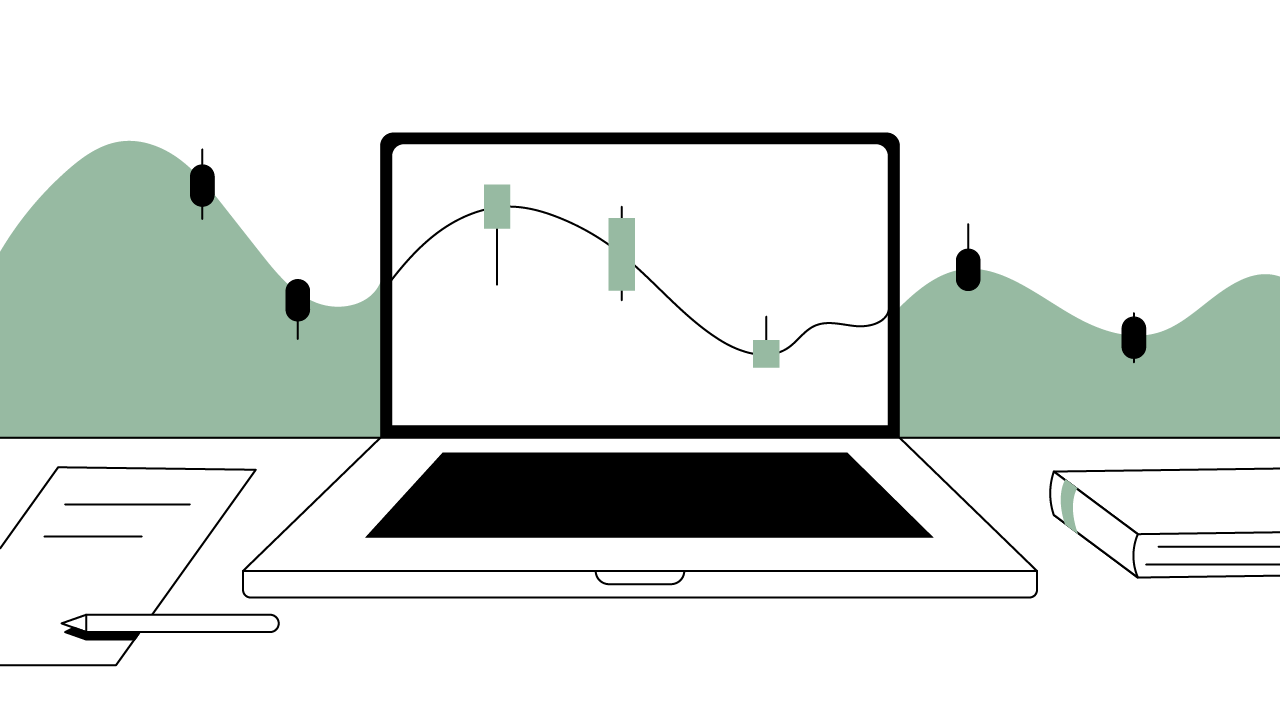An application programming interface (API) is a software bridge that allows computers to communicate and execute tasks with each other. You can think of it as a language translator for computers.

Summary
An application programming interface (API) is a software bridge that allows computers to communicate and execute tasks with each other. APIs act as computer-to-computer code translators to carry out increasingly complex tasks at hyperkinetic speeds impossible for humans to replicate. Indeed, without API trading, crypto exchanges would be unable to offer customers the depth and breadth of services they provide. Without APIs, algorithmic and AI trading strategies would not be possible.
Contents
An application programming interface (API) is a software bridge that allows computers to communicate and execute tasks with each other. You can think of it as a language translator for computers. An API links a trader’s account with a broker’s automated trading system to execute trades quickly and efficiently, and to perform algorithmic (algo) or programmable trades in certain scenarios. APIs have gained popularity as traders realize the benefits of automated trading tools, which allow them to hedge bets into the future, and abandon traditional manual trades. Whether it’s a stock trading API or a bitcoin trading API, the key functions and benefits remain the same.
What Can an API Do?
A cryptocurrency exchange’s API acts as a middleman between you and your broker so you can perform various transactions. These may include buying and selling assets, viewing real-time market data, and executing more sophisticated trading strategies. Cryptocurrency exchanges, for instance, use APIs to offer customers the ability to trade cryptocurrency pairs and carry out basic to high-performance trading through premium trading platforms. Experienced day traders can engage in advanced charting, multiple order types, auctions, and block trading, among other functions.
Top APIs for Crypto Traders
Gemini, Binance, Bittrex, Bitfinex, Coinbase, and Kraken, for example, are some of the top crypto exchanges to offer API trading. For algorithmic traders with customized programs, they offer various ways to connect through popular API protocols such as REST, Websocket, and FIX.
Who Can Benefit From API Trading?
Anyone interested in trading can benefit from using APIs. Traders can use APIs to trade stocks, crypto, commodities, and virtually every other asset under the sun. Traders who wish to develop their own trading strategies can also use niche API protocols such as MetaTrade, which targets currency traders, or charting and futures platforms such as AmiBroker or NinjaTrader, respectively. Those who want to develop trading strategies from scratch can use coding software such as Python, C++, or Java.
Algorithmic Trading: Welcome to Robo-Trades
The next level in API trading is algorithmic, or algo, trading where traders define a certain set of instructions or complex mathematical equations (algorithms) for computer software to achieve. Algo trading can generate big profits at much higher speeds than any human-run trading strategy can deliver. Sometimes called “black box”’ trading in reference to heavily guarded and proprietary trading strategies, algo has been so successful that today roughly 80% of U.S. equities trading is said to be executed by machines. Algo trading has also provided the building blocks for high-frequency trading (HFT). As its name implies, HFT involves very rapid execution — faster than the blink of an eye — of large orders using powerful computer algorithms.
Basic Algo Trading Strategies
There are a number of algorithmic trading strategies that are based on pre-set price, volume, or market volatility patterns, among other variables. Below are some of the most basic strategies:
Trend following
The easiest algo trading strategy is to follow trends in moving averages, which track an asset’s price over time, most commonly the past 50 and 200 days. Traders can also focus on channel breakouts — such as when an asset moves out of a rising or falling pattern, known as a channel — or other technical indicators like the relative strength index (RSI), which lets traders know whether an asset is overbought or oversold.
Arbitrage opportunities
Some traders make money by spotting price differences between exchanges. This practice is called arbitrage. You can pre-set your algo trading program to buy an asset at a low price on one exchange and simultaneously sell it at a higher price on another exchange.
Index fund rebalancing
You can try to earn a profit by following how the pros rebalance their portfolios, or shift assets around for greater profitability. You can watch how index funds — investment vehicles that track a benchmark, such as the S&P 500 or Nasdaq Composite — rebalance their positions from time to time. Algo traders who track such moves can make a profit per trade depending on how many stocks an index fund shuffles around.
Will Artificial Intelligence (AI) Replace Traders?
We can’t talk about algo trading without considering artificial intelligence and its growing role in automated trading. You pre-set certain conditions such as price, volume, volatility, and so on for a computer to execute, then use AI machines to track these strategies’ results in order to fine tune them for higher future profits. As AI provides new insights from analyzing historical data and trading patterns, a growing number of brokers are marrying algo trading with AI to bolster their results — so much so that some wonder whether robots will completely replace human traders in the future.
APIs act as computer-to-computer code translators to enable them to carry out increasingly complex tasks at hyperkinetic speeds impossible for humans to replicate. Indeed, without API trading, crypto exchanges would be unable to offer customers the depth and breadth of services they provide. Without APIs, algorithmic and AI trading strategies would not be possible.


